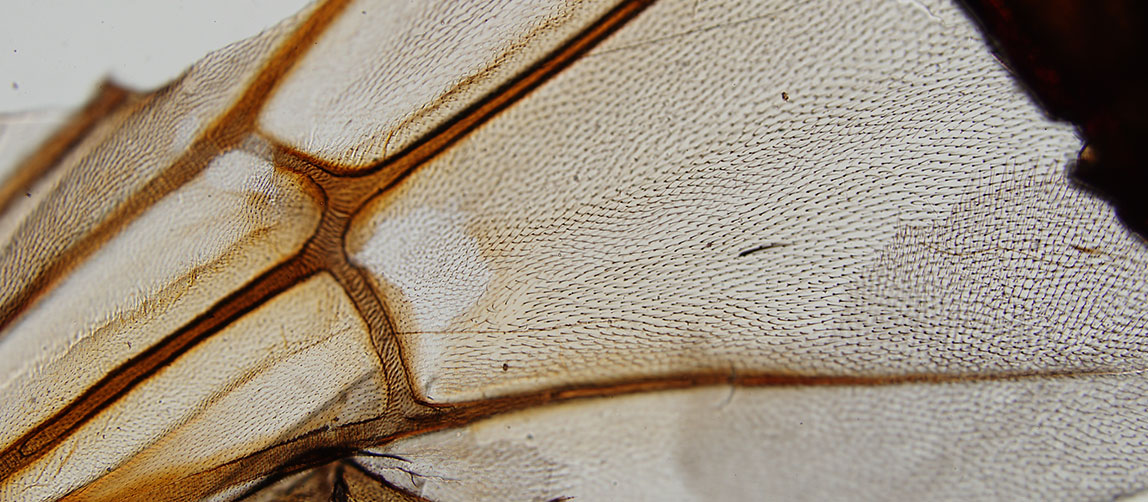
Food Contamination Analysis
Most food contamination falls within one of three categories: physical, such as metal shavings from manufacturing equipment or insect parts; chemical, including unsafe pesticides and herbicides; and biological, for example, harmful microorganisms. From research and development through production and packaging, foods and their raw materials are tested to maintain quality and safety. Assuring the quality of your consumable products is of utmost importance to the health and safety of your customers.
Our food forensics scientists perform non-routine analysis to identify contaminants, adulterants, light filth, or foreign objects to track down and eliminate issues before they become a problem. All projects begin with an evaluation of your samples and requirements, and continue with analysis and consulting. If needed, we also offer on-site visits and coordination of additional services, and can also provide referrals to other ISO/IEC 17025 accredited laboratories offering services outside our scope.
Downloads
Analytical Services
- Contaminant/Adulterant/Foreign Object Identification
- Additives Analysis
- Flavoring/Odor Analysis
- Product Comparisons
- Printing Problems
- Packaging and Package Seal Problems
- Product Tampering
Common Food Packaging Samples
- Beverage Containers
- Aluminum and Stainless Steel Cans
- Plastic Bags and Multi-layered Films
- Printed Paper Stock
Related Instruments & Techniques
- Fourier Transform Infrared Spectroscopy (FTIR)
- Gas Chromatography/Mass Spectrometry (GC/MS)
- Polarized Light Microscopy (PLM)
- Particle Sizing and Counting
- Raman Spectroscopy
- Microtomy
- Particle Isolation
- Scanning Electron Microscopy
- Stereomicroscopy
- Transmission Electron Microscopy
- X-Ray Photoelectron Spectroscopy(XPS)




